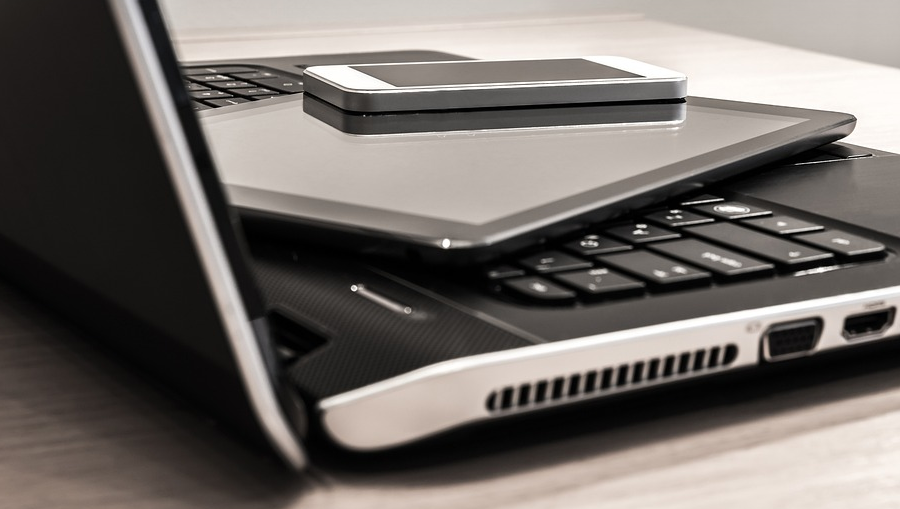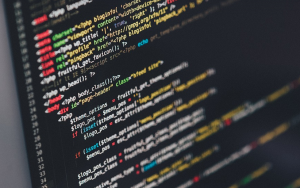
What is Internet of Things (IoT) Programming?
The Internet of Things (IoT) has revolutionized our world, connecting everyday objects to the internet and enabling them to communicate with each other. Imagine your fridge ordering groceries, your thermostat adjusting for optimal comfort, and even your car monitoring your driving habits – all thanks to connected devices powered by IoT programming.
IoT programming is the backbone of this interconnected ecosystem, allowing us to develop software that makes these devices “smart.” It’s about giving objects intelligence, enabling them to collect data, make decisions, and ultimately perform actions based on the information they receive. It’s like teaching a machine – say your washing machine – how to work smarter by analyzing its load size and water usage.
This involves programming the device with specific instructions that dictate its behavior when certain conditions are met. For example, your smart thermostat could learn to detect patterns in your room temperature and adjust itself accordingly, making your home more energy-efficient. This kind of programming is essential for powering everyday devices and creating new possibilities.
Why is IoT Programming so Popular?
IoT programming has become a cornerstone in our modern world, with its popularity attributed to several key motivations: * **Convenience:** It streamlines our daily lives through automation. Imagine controlling your music system from anywhere using voice commands or automating tasks like turning off lights when you leave home. * **Efficiency:** IoT devices can gather data on their operation and make automatic adjustments to optimize performance. This is especially valuable for industries like manufacturing, where energy consumption and resource management need constant attention. It’s about optimizing resources with real-time insights – like knowing exactly how much fuel your car needs before a long drive. * **Innovation:** IoT programming empowers developers to create new applications and products, opening doors to previously unimaginable solutions. The possibilities are limitless, from smart healthcare devices that monitor vital signs remotely to more efficient agriculture systems that help farmers make informed decisions on crop management.
Key components of IoT Programming
IoT programming involves a complex interplay of various technologies and concepts: * **Connectivity:** The first step is making sure your IoT device can talk to the internet. This often involves wireless protocols like Wi-Fi, Bluetooth, or cellular networks. Each protocol has its own strengths and weaknesses, and understanding their differences is crucial for optimal deployment. * **Data Processing:** Once your device connects to the internet, it needs a way to process information and make decisions based on that data. This often involves edge computing – processing tasks directly on the device itself, rather than relying solely on remote servers for complex calculations. This can save time and energy compared to constantly sending massive amounts of data back and forth. * **Cloud Integration:** Many IoT devices require cloud services and platforms for storage, analytics, and communication. These platforms often provide advanced features like machine learning algorithms that help devices analyze vast amounts of data for insights and predictions. * **Security & Privacy:** As our world becomes more interconnected, protecting sensitive information is paramount. This requires robust security protocols to prevent unauthorized access, ensure integrity of data, and protect against cyberattacks.
Getting Started with IoT Programming
If you’re interested in exploring the world of IoT programming, here are some steps to get started: * **Learn the Basics:** Dive into online resources like online courses, tutorials, and documentation to gain a foundational understanding of core concepts. * **Experiment with Hardware & Software:** Explore various platforms and software tools that support IoT development – choose one that aligns with your interests and skillset, whether it’s Arduino, Raspberry Pi, or cloud-based platforms like AWS or Google Cloud Platform. * **Join the Community:** Connect with other developers in online forums, communities, and events. Share ideas, learn from experts, and contribute to a vibrant ecosystem of innovation.
The Future of IoT Programming
The world is becoming increasingly interconnected through the power of IoT programming. As technologies continue to evolve rapidly, new frontiers are opening up: * **Artificial Intelligence (AI):** Imagine devices learning from data, anticipating needs, and acting autonomously – this is the promise of AI in IoT. Imagine a smart home that anticipates your needs before you ask for them! * **5G & Network Innovations:** The arrival of fast and reliable 5G networks opens up new possibilities for real-time data transfer and faster processing speeds. This will enable even more complex and intelligent applications in the years to come. * **Blockchain Technology:** Blockchain technology promises greater security, transparency, and trust – especially crucial as we connect millions of devices to the internet. This could revolutionize data exchange and governance within IoT ecosystems.
In Conclusion
The world of IoT programming is both fascinating and dynamic. As we continue to unlock its potential, it will undoubtedly reshape our lives, paving the way for a future where everything is connected and working smarter than ever before!


